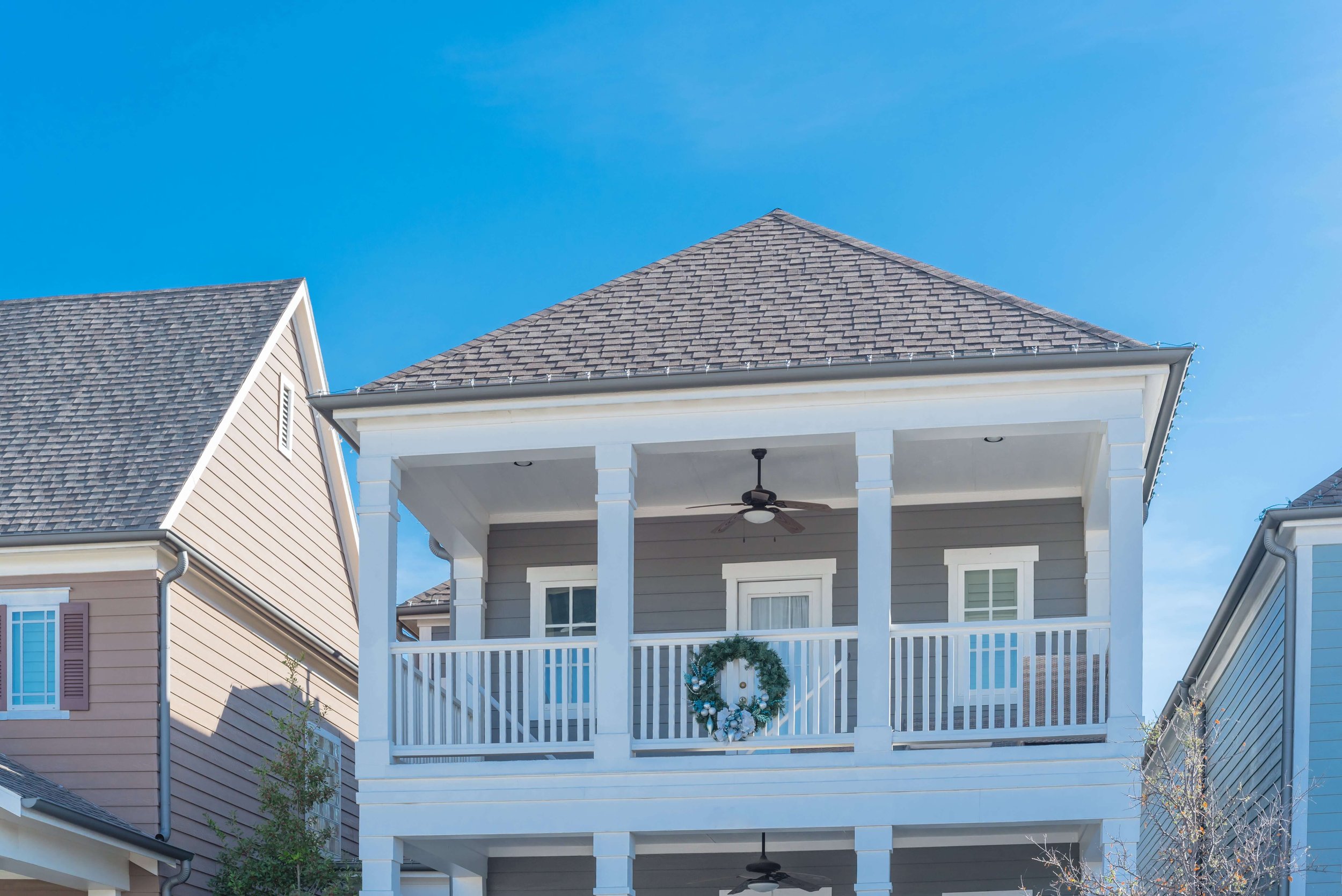SB326 Inspections - HOA Balcony Inspection Law
SB326 mandates that all condominiums and multi-family housing controlled by residential homeowner’s associations (HOAs) in a building containing three units or more undergo scheduled inspections of Exterior Elevated Elements (EEE) and waterproofing systems.
The bill was in response to a collapsed balcony in Berkeley that killed six people immediately and one subsequently because of injuries sustained in the collapse.
Here is all you need to know about SB326 inspections, including what you need to do to get your unit or units professionally inspected.
Why SB326 Exists
While celebrating a birthday on June 16, 2015, six people were killed, and seven were injured when a Berkeley, California balcony they were on collapsed. A seventh person died years later after having a stroke due to the life-changing injuries she suffered in the tragedy.
There were no accusations of excessive weight being put on the balcony before it collapsed. Nor did anyone assert that the partygoers were partaking in behavior that would have stressed the balcony.
Investigating the Tragedy
Within two weeks, Berkeley Mayor Tom Bates promised an investigation into the factors that caused the balcony to collapse. On June 25, Alameda County prosecutors opened an investigation into the accident.
While some conclusions were contested, everyone involved in the multiple investigations and reviews agreed on some core findings.
Dry Rot Caused the Collapse
The integrity of the joists supporting the deck were compromised by dry rot. The cement and ceramic shell of the deck helped hold the deck in place but were not sufficiently strong enough to hold the weight of 13 people.
Moisture Retention Caused Dry Rot
Moisture retention in the supporting wood framework and supports caused the dry rot. The final report did not cover how the moisture got into the wood. The supposition was that it originated from the building itself.
Improper Construction Caused Moisture Retention
Improper construction practices enabled moisture retention. Joists were not sufficiently treated to repel moisture. Over time, the moisture allowed the fungus that causes dry rot to take hold.
Student Behavior Exonerated
Some involved in the investigation or associated with the HOA surmised that student weight contributed to the collapse. Tests showed that if the decking had been built as designed, it would have supported the 13 students without a problem.
SB326 Inspections
While multiple parties filed lawsuits, the tragedy, in and of itself, brought a significant oversight into the spotlight. That was the fact that there was no mandate to inspect decks for structural integrity, whether they were two feet off the ground or several dozen, as was the deck that collapsed in Berkeley.
Civil Code Section 5551, covering EEE and waterproofing systems, was modified by SB326 to cover the inspection and verification of the stability and integrity of HOA or condominium-controlled decks, balconies, and walkways. The law applies to all HOA or condominium complexes with more than three units.
What SB326 Inspections Cover
Like most comprehensive bills, SB326 covers several aspects of balcony, walkway, and deck inspection and safety verification, as well as setting rules for waterproofing construction materials used in EEEs.
Specifically, the bill established the following:
A hard deadline for initial inspections of HOA or condominium EEEs is January 1, 2025.
A mandate that inspections happen every nine years after the initial inspection.
All exterior EEE 6 or more feet of the ground and supported in whole or substantially by wood are covered.
Waterproofing systems are also included in the inspection mandates.
Upon being alerted of an integrity issue, the HOA must immediately take measures to prevent the balcony, deck, or walkway in question from being used.
HOAs must maintain a budget for mandated repairs and must complete them.
Repairs must be inspected for compliance and integrity by the local enforcement agency.
For inspectors, the bill mandates:
That “licensed structural engineers, architects, licensed general contractors, or certified building inspectors” be used to complete the inspection.
Inspectors examine a “statistically significant sample” (95 percent confidence that the results reflect the whole within a 5 percent margin of error) of decks, balconies, or walkways per property.
Inspectors draft and file a report with governmental inspection agencies within 15 days of the inspection.
Inspectors notify the HOA or condominium management of an issue immediately.
The inspector may not be involved in the repairs or address of an issue cited in the report in any manner.
Testing Requirements
There are four components of a balcony, deck, or walkway inspection:
Observed (Visual)
Observation entails the inspector visually inspecting all exposed surfaces of all load-bearing structural parts, including attachment points and railings. However, if the building is covered by cement or stucco, a visual inspection is not sufficient to certify the integrity of the inspected item.
Endoscopic
With this method, holes are bored into the underside of the inspected item, and a borescope is used to inspect the interior state of the wood.
Moisture Sensors
Moisture sensors test the moisture content of the wood to help determine possible dry rot vulnerability points.
Infrared
You can use infrared imagery to inspect wood concealed by siding or stucco. The light spectrum highlights vulnerable areas, such as cooler areas, that might indicate moisture penetration and density issues with the interior wood.
Penalties for Noncompliance
While inspectors and agencies would work with HOAs and Condominium management to get SB326 inspections done and issues addressed, there are penalties for noncompliance.
These include:
Fees
Recovery of enforcement costs
Liens placed on non-compliant properties
Noncompliance can also expose the offending party to liability issues, including owners losing all liability protection from insurance companies for personal injury claims.
Final Thoughts
The balcony collapse in Berkeley marred the lives of those immediately impacted, their families, and friends. Out of that tragedy, however, SB326 emerged. Now, thanks to SB326, decking, balconies, and walkways higher than six feet in California must be inspected and verified to be in good condition, or you must address the structural issues immediately.
If you have decking, balconies, or walkways on a property you own or manage that fall under this law, call the expert structural engineers at The Sterling Watson Collective today to set up an inspection.



